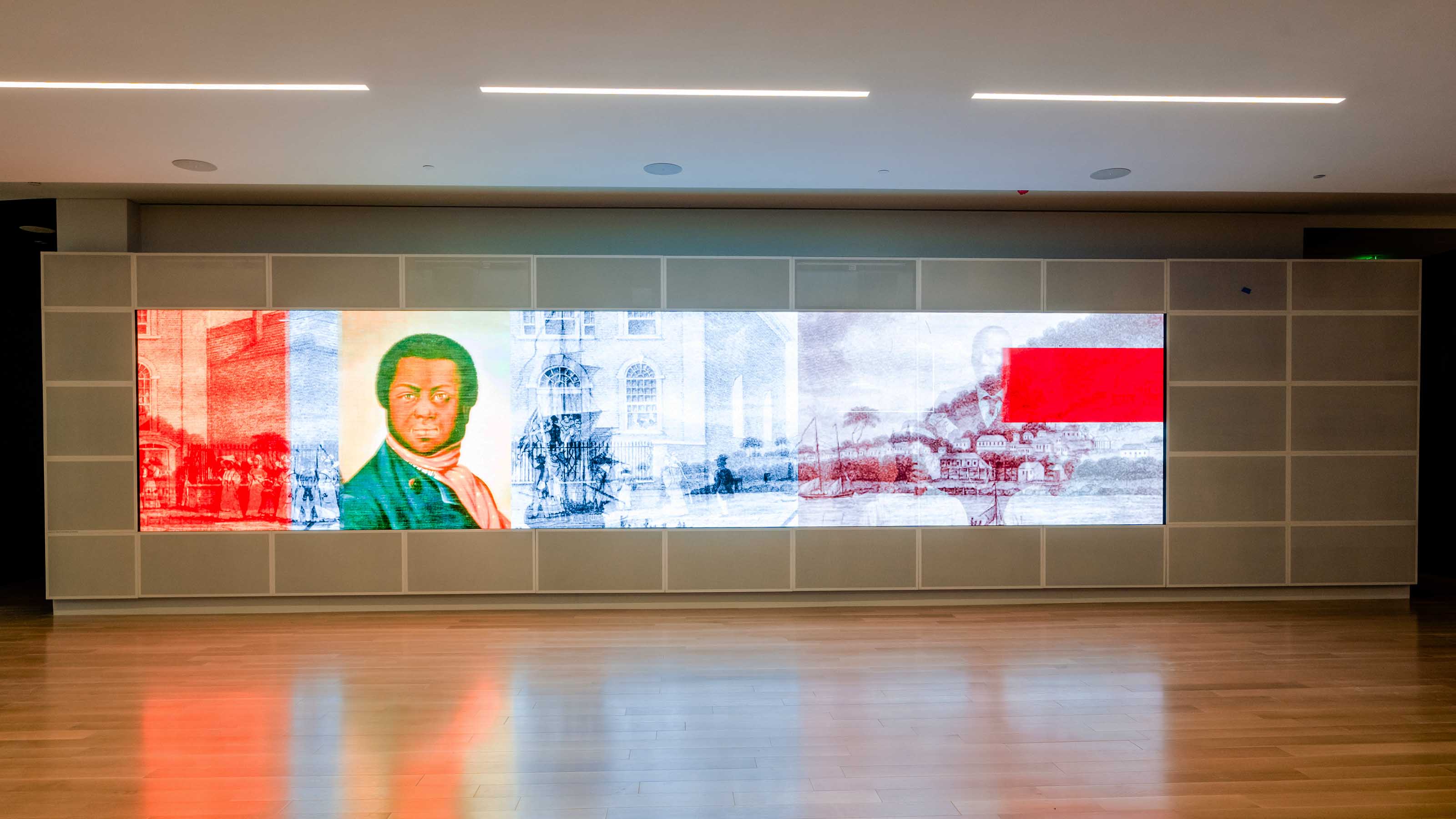The International African American Museum (IAAM), which opened its doors on June 27, honors the difficult and often untold stories of the African American journey. Located in Charleston, SC, on Gadsden’s Wharf, one of America’s busiest international slave trading ports during the 1800s, the museum uses technology to combine storytelling and history while providing heightened engagement, communication, and education.
[Amelia Earhart Hangar Museum Takes Flight]
Through Sony's Global Social Justice Fund—which supports social justice and anti-racist initiatives and fosters diversity, equity, and inclusion around the world—Crystal LED direct view displays, 4K HDR BRAVIA displays, 4K SXRD and 1080p laser projectors, and professional wireless audio and mics were donated to help the IAAM’s visitors engage with history and bring artifacts to life. The technology also helps to expand on the stories introduced in the museum.
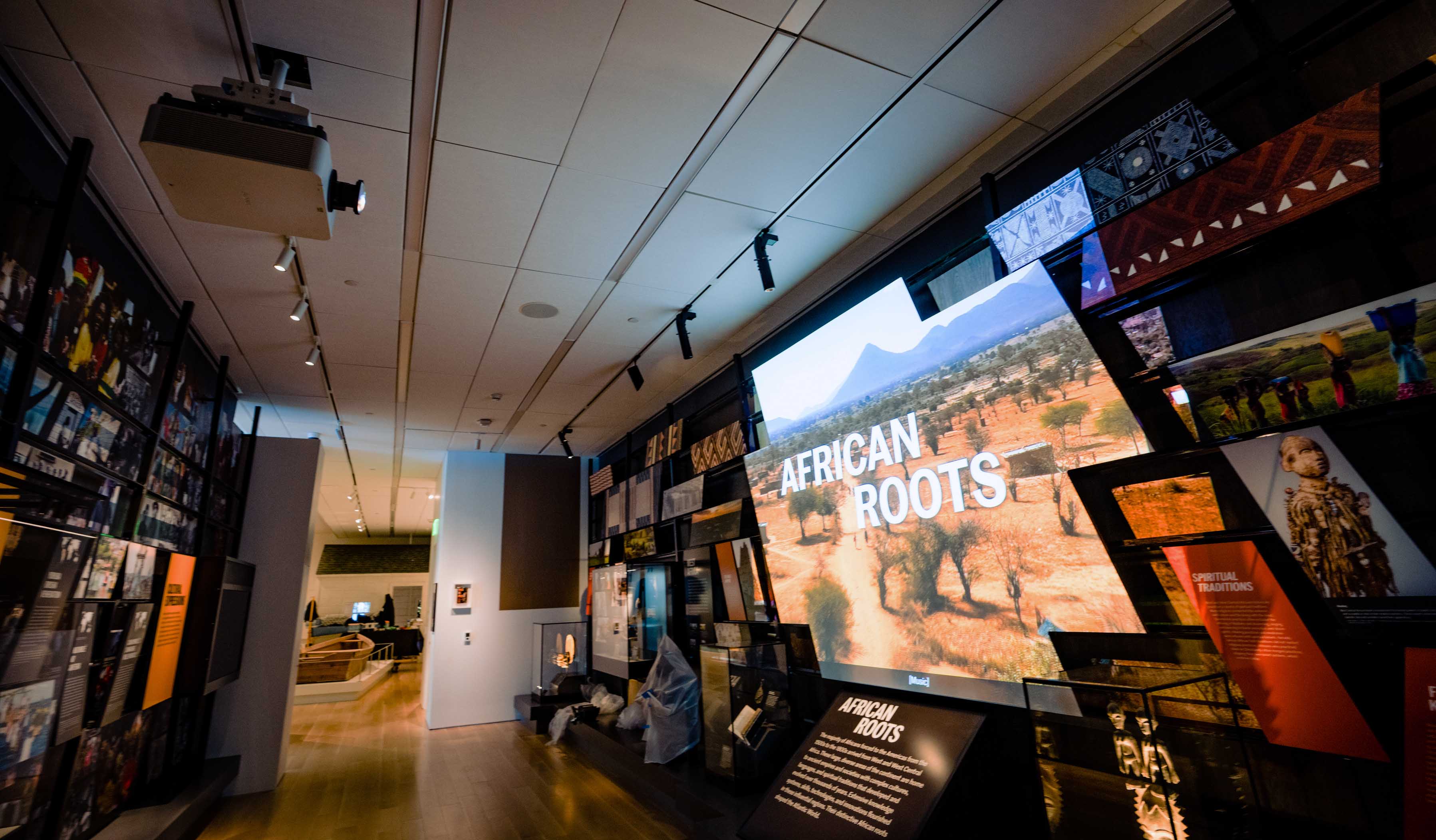
The IAAM deliberately designed and programmed an interactive, multi-platform experience for visitors. “Every good museum will focus on the stories and the storytelling," explained Dr. Tonya M. Matthews, president and CEO, IAAM. "I think for an African American history museum, in particular, there’s added weight and added excitement when African Americans get to tell their own story, because for so long that wasn’t what we saw in museums. I’m very excited about the way that the museum is using technology to activate and to enhance these stories."
Technology is a focal point of the IAAM visitor experience. “When someone’s walking into the exhibition space for the first time, they come into contact with the Transatlantic Experience," said Malika Pryor, chief learning and engagement officer, IAAM. "I refer to that as this grounding moment for the visitor, because what they’re going to see in these eight screens before them is this immersive visual and sonic experience that gives them a really firm grasp of what it is that they’re going to see as they’re moving through the other exhibitions and installations.”
[Creating Immersive Experiences that Increase Museum Attendance]
The eight massive 6x7-foot screens that welcome visitors to the museum are Sony’s Crystal LED displays, which incorporate beneficial features for a museum, including high brightness, wide viewing angle, and anti-reflection panels. The displays feature rotating content including a mix of powerful historical and modern imagery and photography that highlights and juxtaposes the African and African American experience.
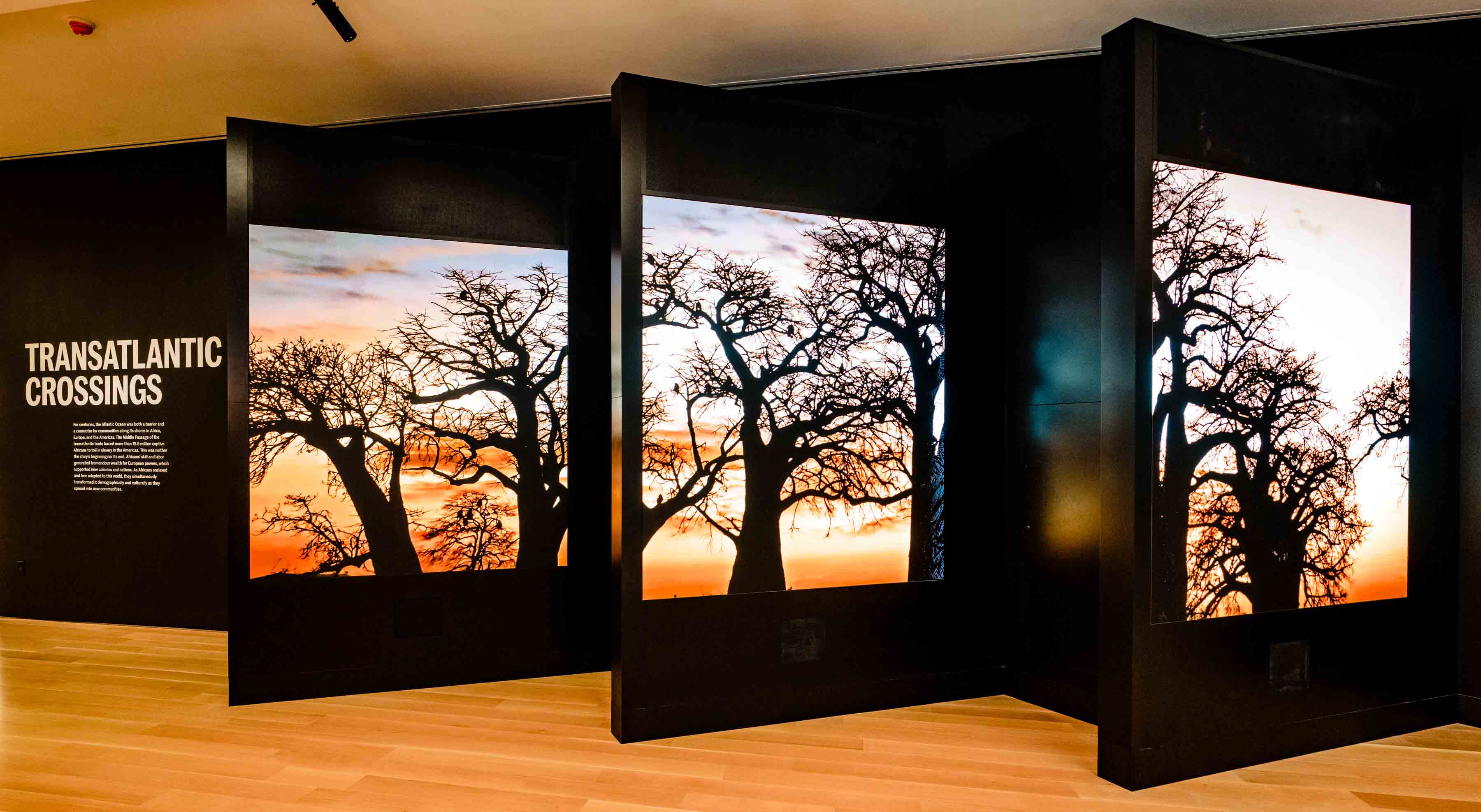
From the Transatlantic Experience, visitors move to the Atlantic World’s Gallery, where a Sony 32x7-foot Crystal LED video wall serves as the centerpiece. The gallery overlooks the Atlantic Ocean and Gadsden’s Wharf.
[How Shure Helps Bring History to Life at the Sydney Jewish Museum]
"It was amazing to see it all come together and watch content presented on the displays. The scale of the screen in the Atlantic World’s Gallery and the definition of the graphics will connect people in a different way," said Bobby Teachey II, project manager, who worked with the Solomon Group to install and set up the AV equipment. "And the vibrant colors and details such as sweat coming off of somebody’s head—there’s so much information and such powerful imagery that visitors are going to want to stand in front of it for a long time to catch all of the different stories.”
More than two dozen 4K HDR professional BRAVIA displays, ranging in size from 55-85 inches, are featured throughout the museum as digital signage and to enhance exhibits. This includes screens showcased in the replica Praise House, a place of worship for slaves.
“The way these high-definition screens are used within the Praise House is very impactful,” Teachey added. “You’re watching a video on them, but you’re inside a replica of a building that’s very ancient and solemn, and the technology has a reverence and a purpose. It allows you to be transported back, so again it’s serving as a transformative piece that connects everyone to these stories.”
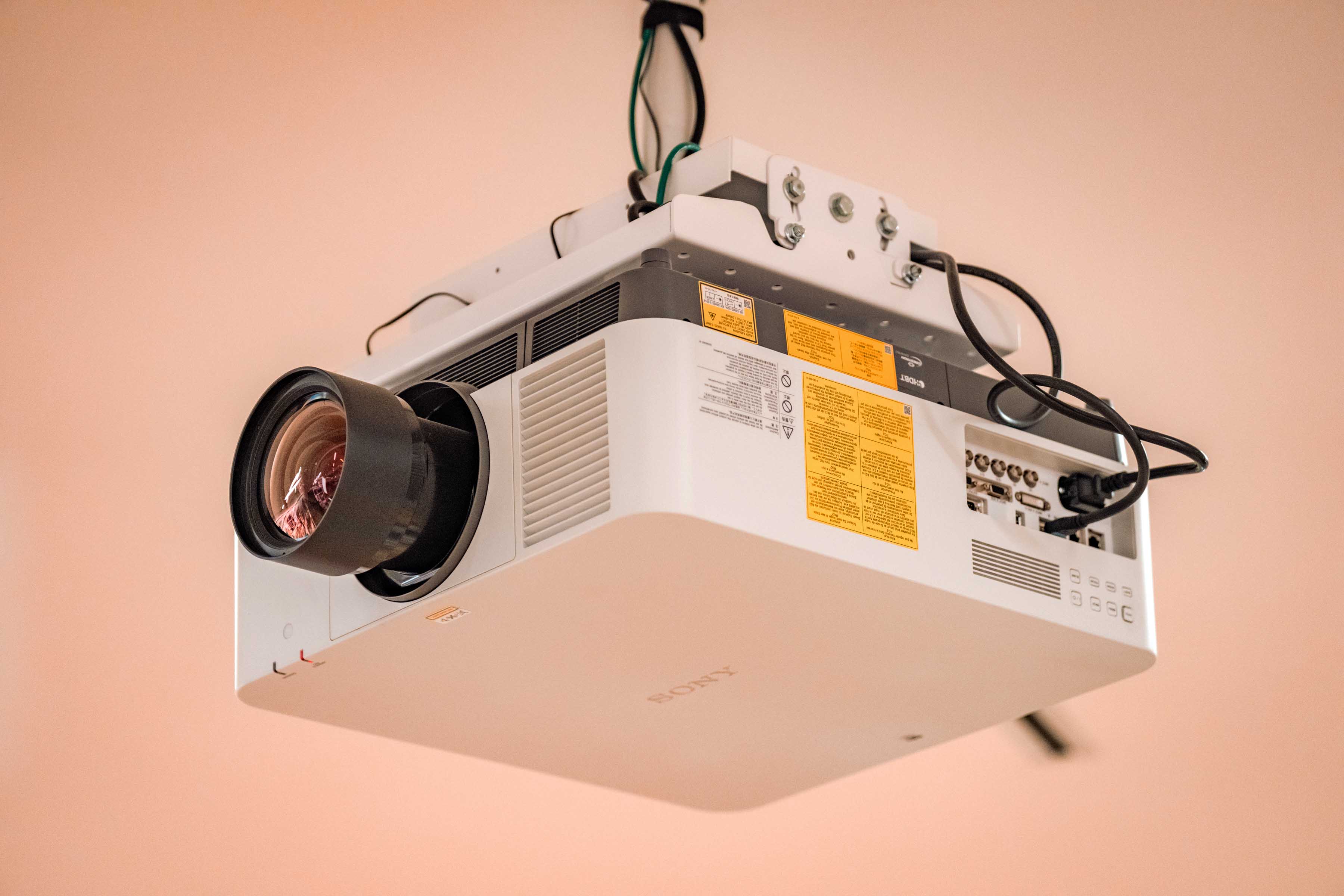
In addition, the museum uses Sony’s projectors, lenses, and wireless audio solutions throughout its space. Projectors help screen content, support wall-mapped content, and share footage in rotating exhibits and screening rooms, as well as in the IAAM’s Center for Family History, an important space for tracing genealogy and connecting the dots of people’s pasts.
[Above It All at Indianapolis Museum of Art: Newfields]
“As part of Sony’s ongoing commitment to social justice and diversity, we are proud to support the efforts of the International African American Museum to bring the important history and stories of the African American journey to life and help educate and inspire millions of people to create a more just, equitable, and inclusive society,” said Karen Kelso, vice president, corporate social responsibility and social impact, Sony Corporation of America.
Matthews maintains that technology enables the IAAM to engage with a more digitally savvy audience. “Digital natives have a high standard for technology and expect it to do more than just sit there. They expect technology to be used to engage them," she said. "They want to be a part of a story, they want to generate a story, they want to add to a story. As a history museum using technology, we are particularly positioned to be able to do that."
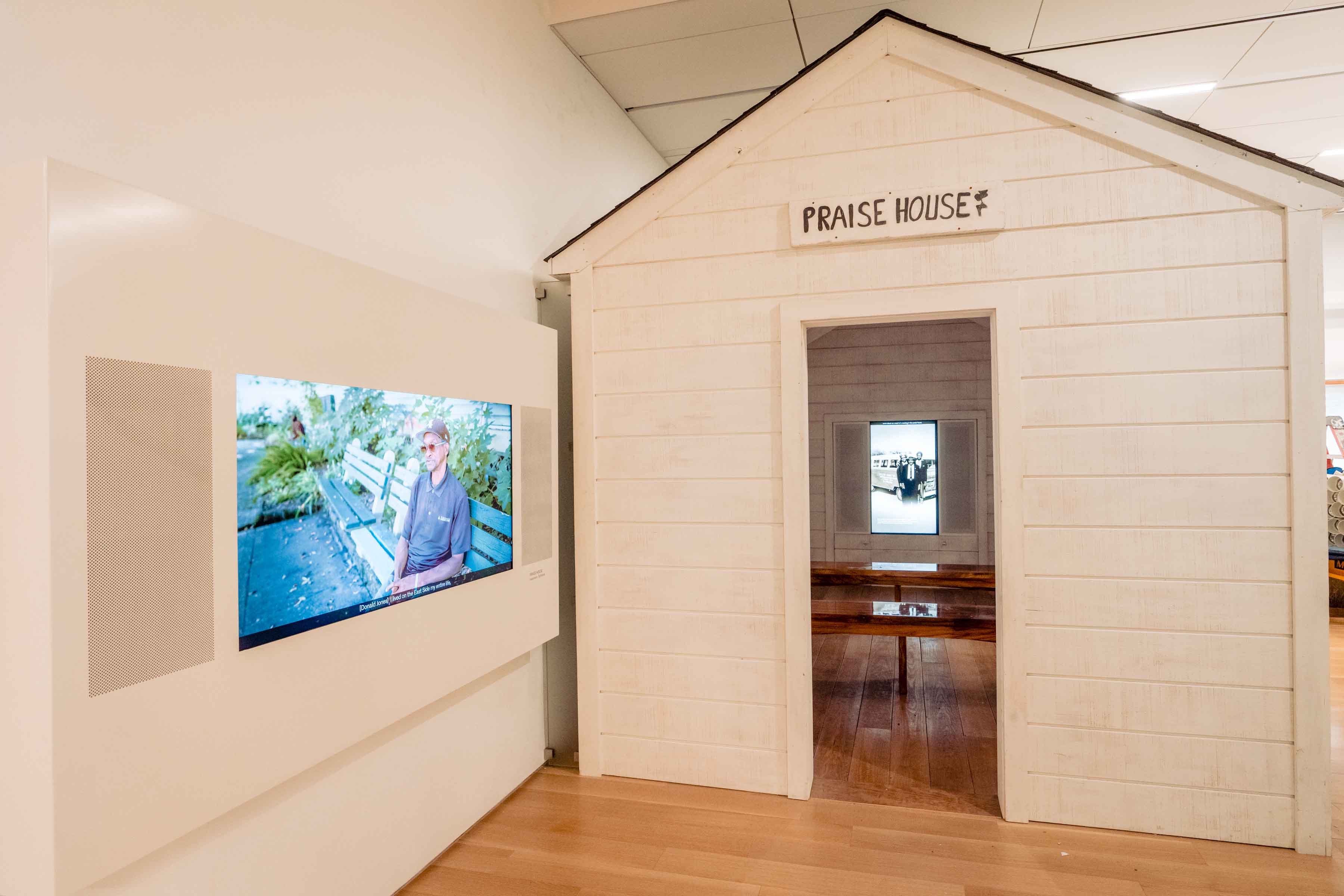
Overall, those at the IAAM all agree that its purpose is to provide visitors with a way to connect with, engage with, and build upon their understanding of the past to help influence the future—and technology is pivotal in sharing these stories and bringing them to life.
Pryor sees the IAAM “not as a beginning, middle, and end,” and recognizes the museum means different things to different people throughout their quest for knowledge. “Maybe we’re a part of someone’s beginning," Pryor offered. "Maybe we’re helping them flesh out their middle. But we never want to be the end.”
